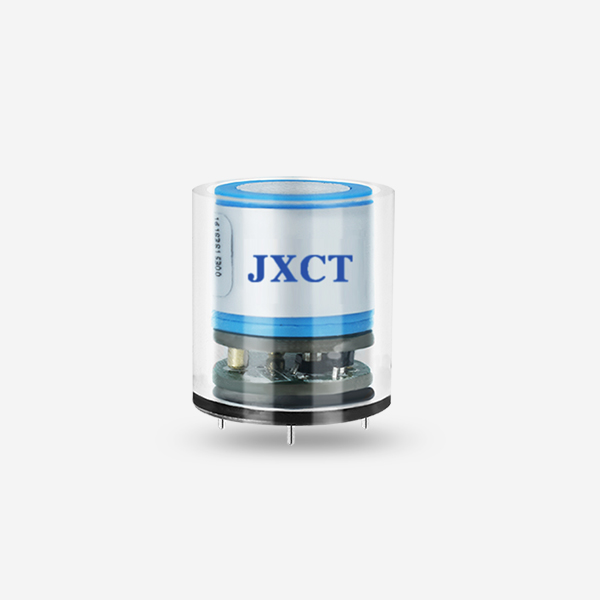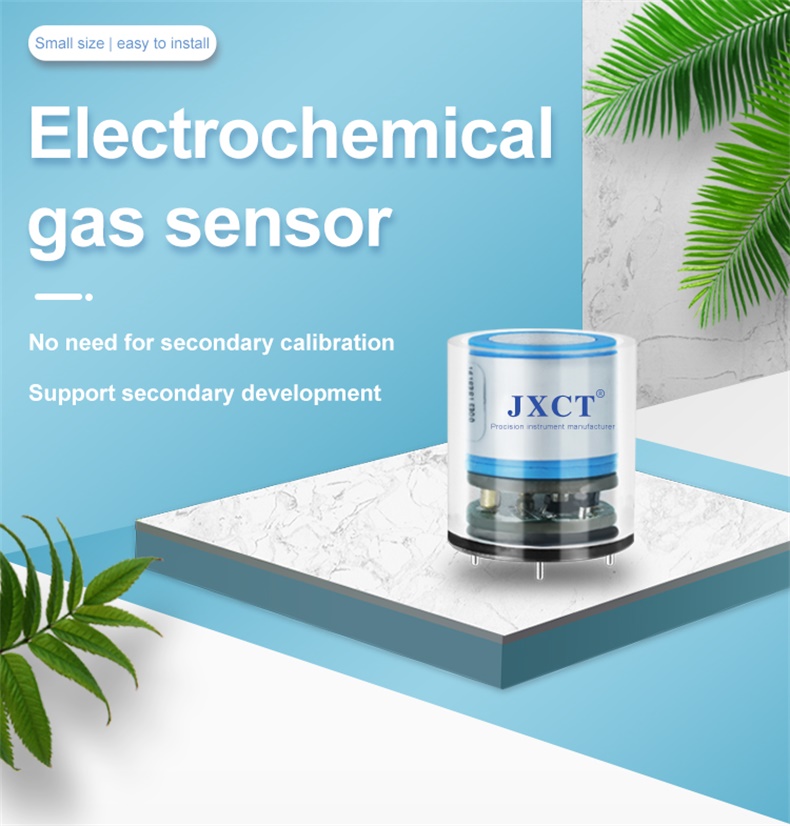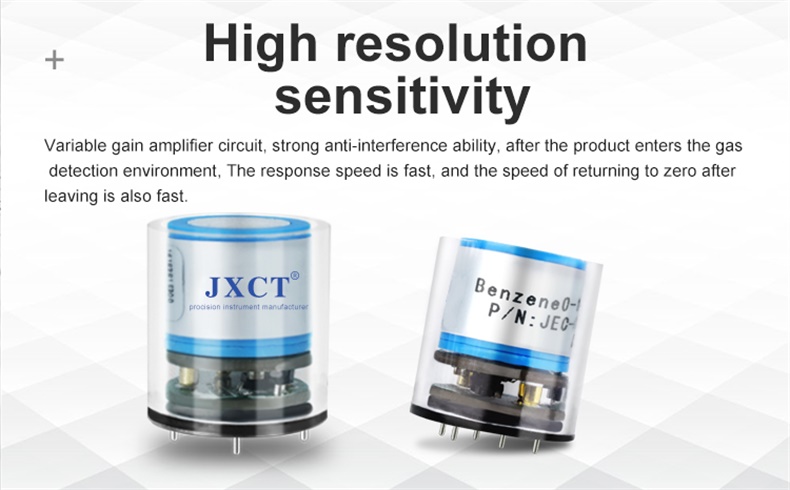
Advancements in Electochemical Gas Sensors
Here, we discuss some of the latest innovations in electrochemical gas sensors that are revolutionizing gas detection.

Here, we discuss some of the latest innovations in electrochemical gas sensors that are revolutionizing gas detection.
Electrochemical gas sensors have been widely used to detect hazardous gases in various industries, including the chemical, manufacturing, and healthcare sectors. These sensors measure the electrochemical reactions of gases with a sensing electrode and an electrolyte solution. In recent years, advancements in gas sensor technology have made them more accurate, reliable, and cost-effective. Here, we discuss some of the latest innovations in electrochemical gas sensors that are revolutionizing gas detection.
Electrochemical sensors offer several advantages over other gas sensing technologies. They are highly sensitive, selective, and can detect gases at low concentrations. They also have a fast response time, allowing for quick detection and monitoring of hazardous gases. Furthermore, electrochemical sensors are compact, lightweight, and require minimal power, making them ideal for portable and wireless applications.
One of the recent advancements in electrochemical gas sensors is the development of new sensing materials. Researchers are exploring the use of novel materials such as metal-organic frameworks (MOFs), nanomaterials, and graphene-based materials to enhance the sensitivity and selectivity of gas sensors. These materials offer high surface area, unique chemical properties, and can be tailored for specific gas sensing applications.

Another area of innovation in gas sensor technology is the integration of sensors with wireless networks and the Internet of Things (IoT). This allows for remote monitoring and real-time data analysis of gas concentrations, enabling better safety and environmental management. Manufacturers are developing low-cost, low-power sensors that can be connected to the cloud, enabling data sharing and analysis across multiple locations.
Furthermore, advancements in microfabrication and nanotechnology are improving the performance and reliability of gas sensors. Miniaturization of sensors allows for greater portability, while nanotechnology enables the development of ultra-sensitive sensors that can detect gases at the parts-per-billion (ppb) level. These advancements are opening up new opportunities for gas sensing in various applications, including medical diagnostics, environmental monitoring, and food safety.

In conclusion, advancements in electrochemical gas sensors are driving improvements in gas detection, safety, and environmental management. The development of new sensing materials, integration with wireless networks, and microfabrication and nanotechnology are enhancing the sensitivity, selectivity, and reliability of gas sensors. These innovations are making gas detection more efficient, cost-effective, and accessible, and are expected to have a significant impact on various industries in the coming years.
Electrochemical gas sensors are essential tools for ensuring workplace safety, protecting the environment, and improving public health. The advancements in gas sensor technology discussed in this article demonstrate the potential for electrochemical sensors to revolutionize gas detection and monitoring. The integration of sensors with wireless networks and the IoT, the development of new sensing materials, and the use of microfabrication and nanotechnology are driving improvements in the sensitivity, selectivity, and reliability of gas sensors. As the demand for better gas sensing solutions continues to grow, we can expect to see further advancements in electrochemical gas sensors in the future.